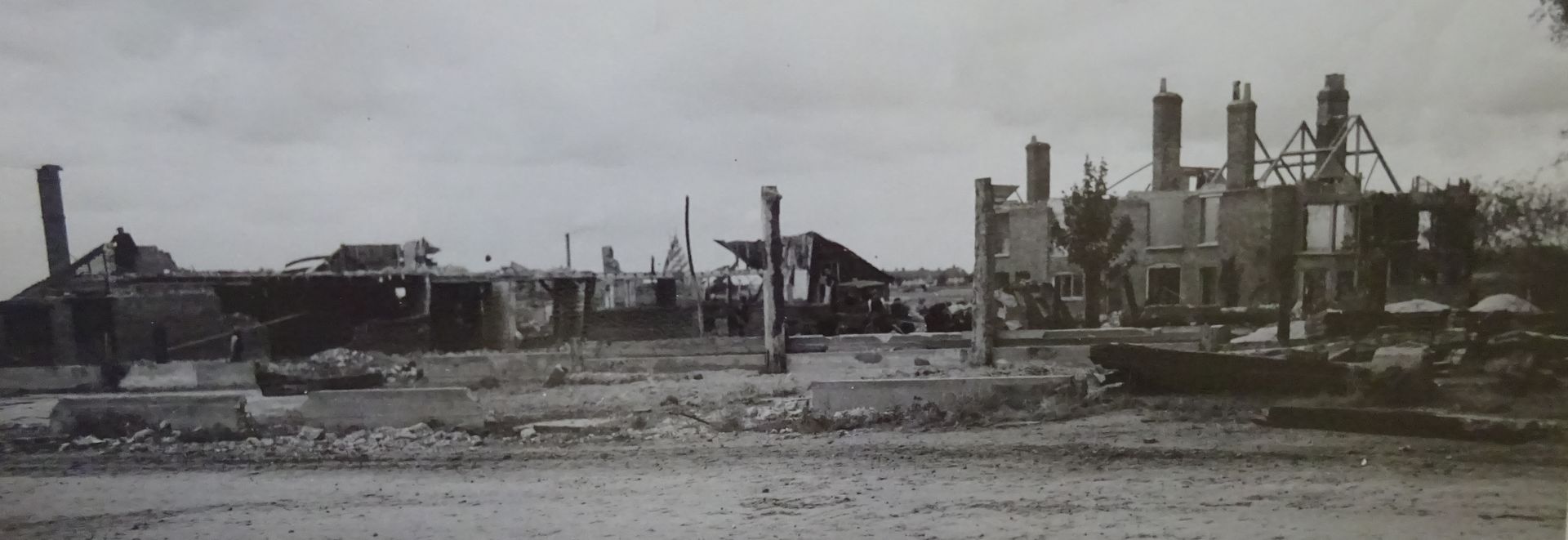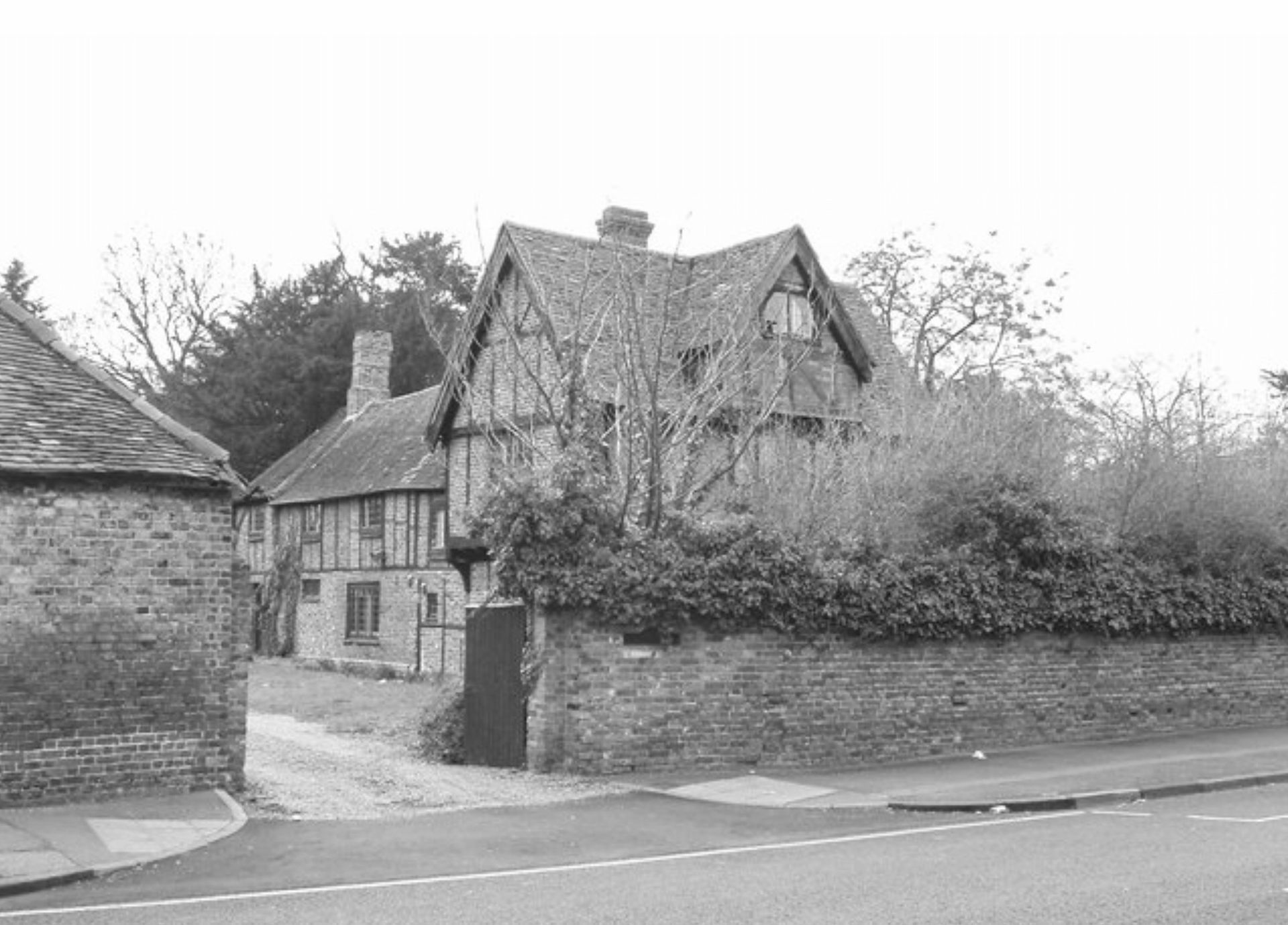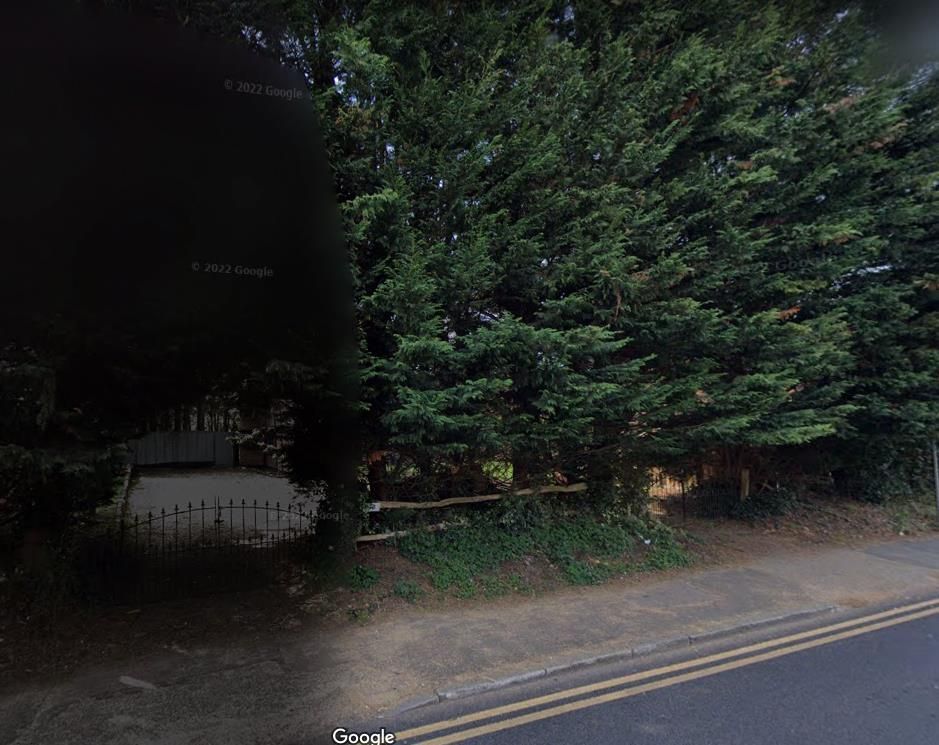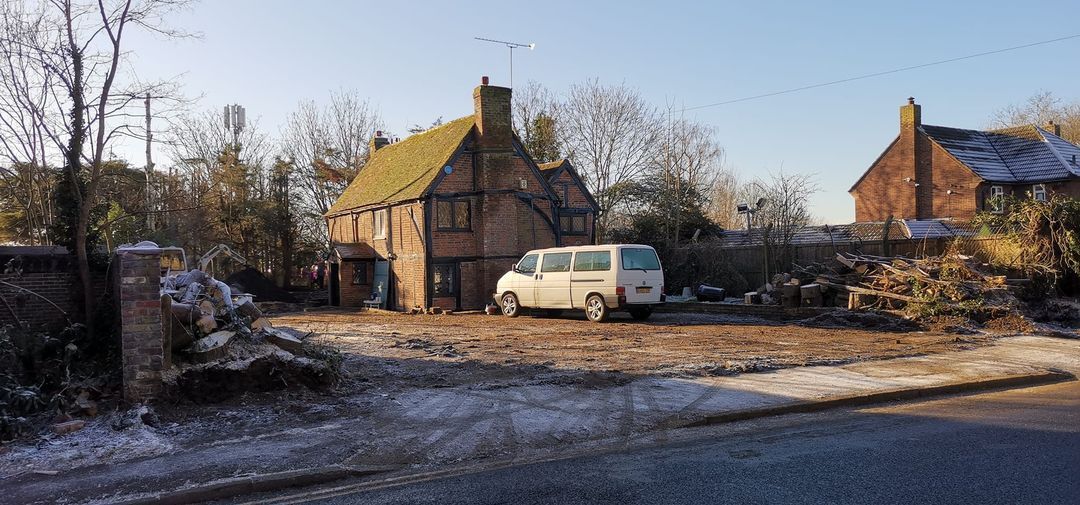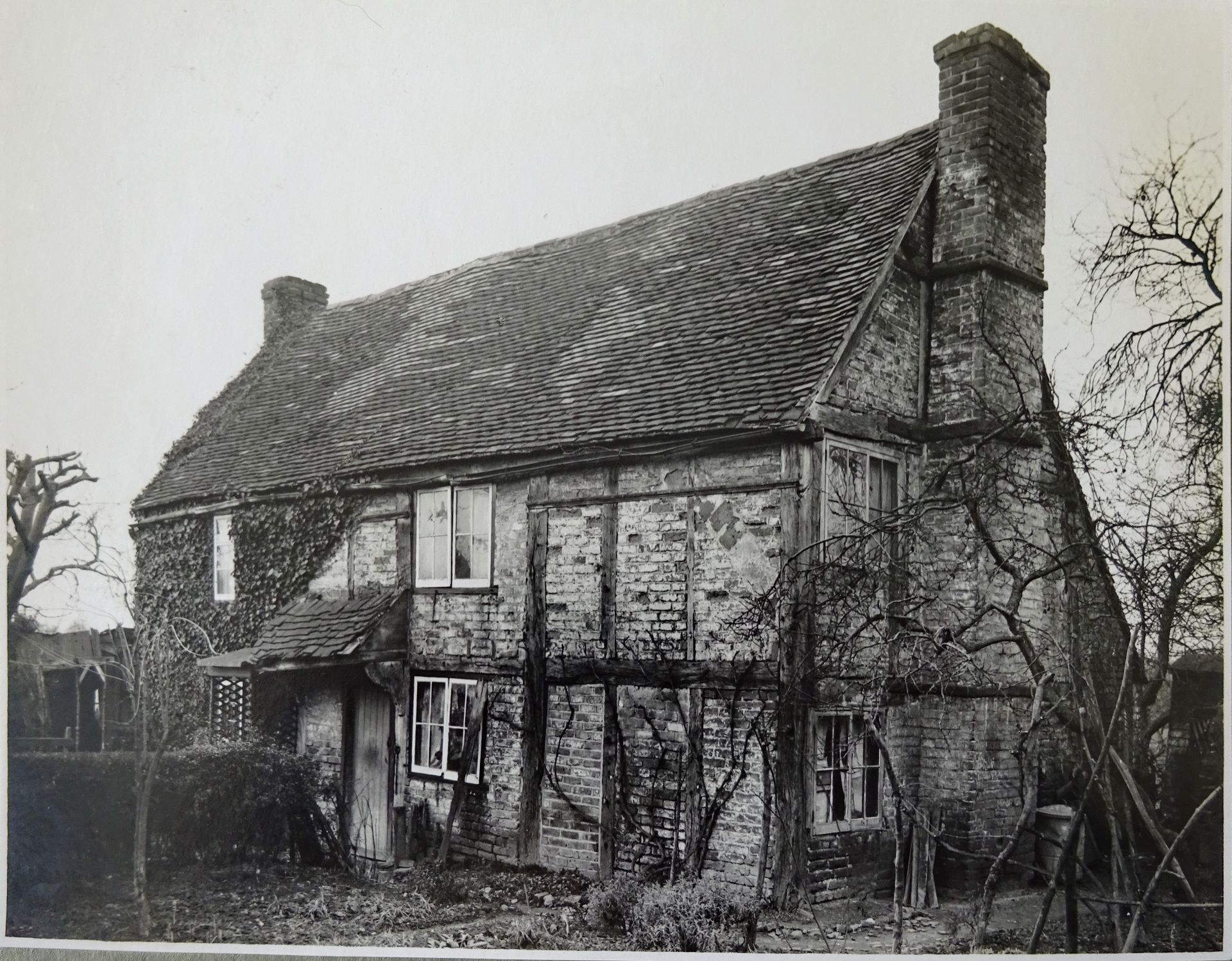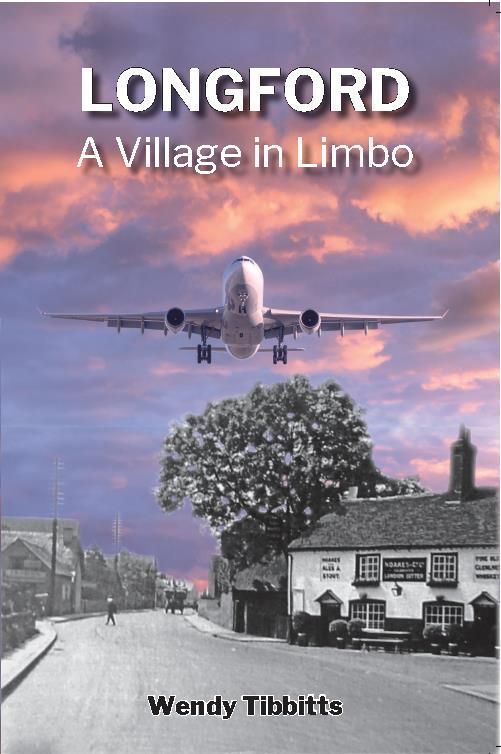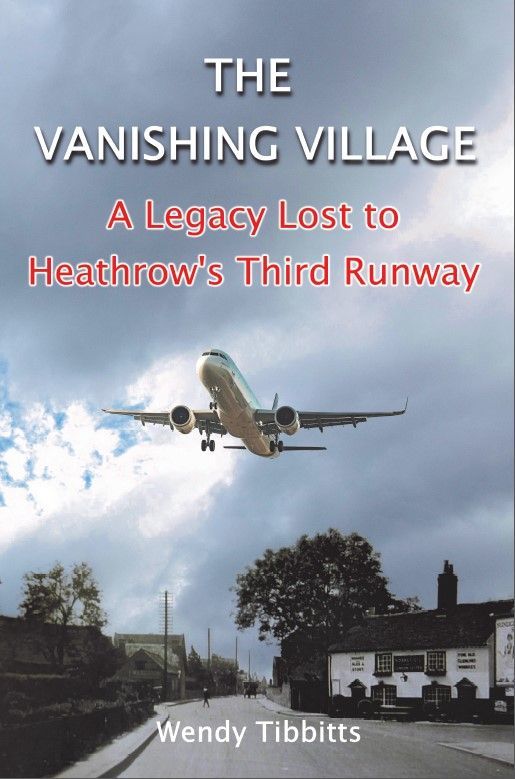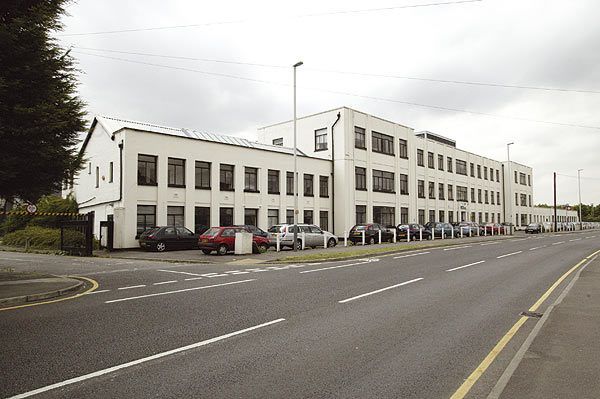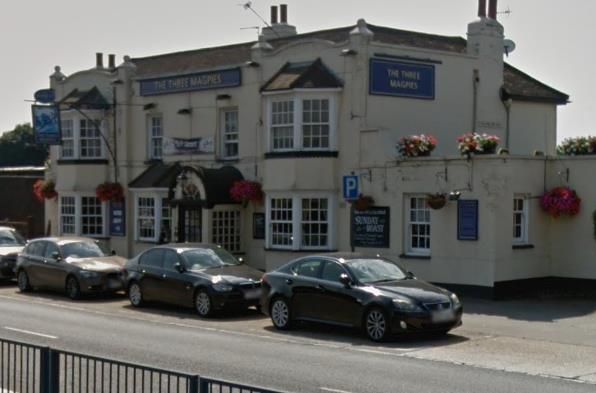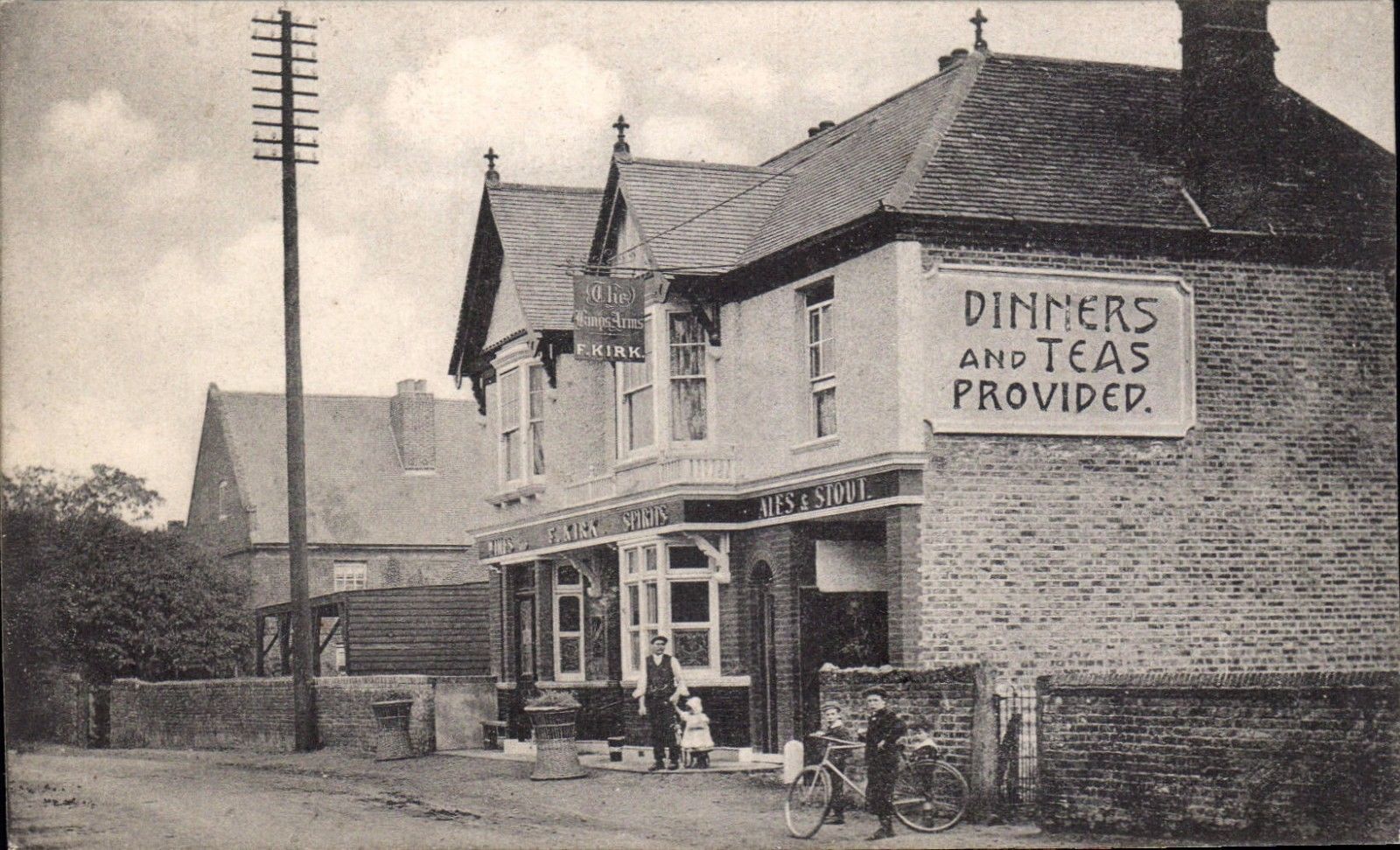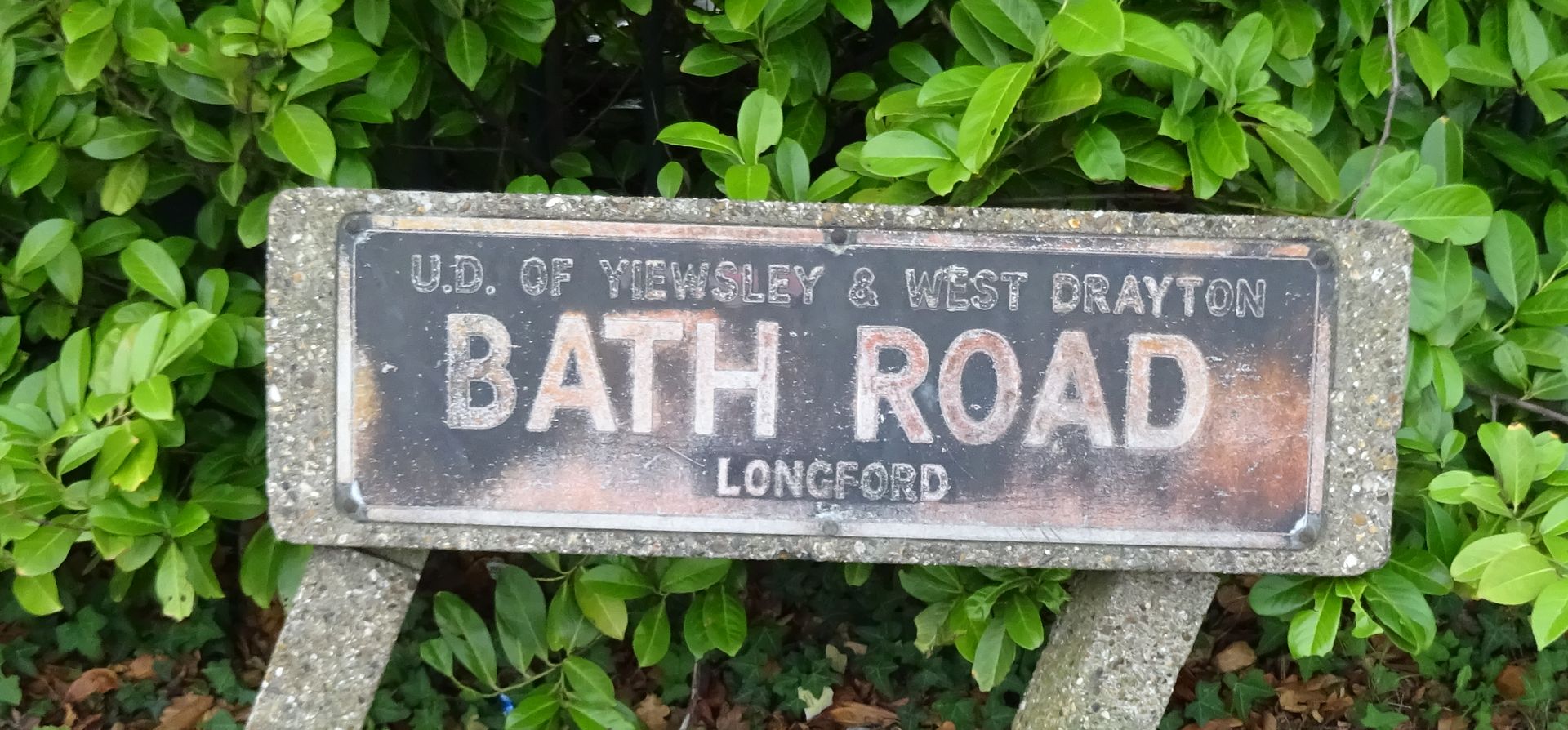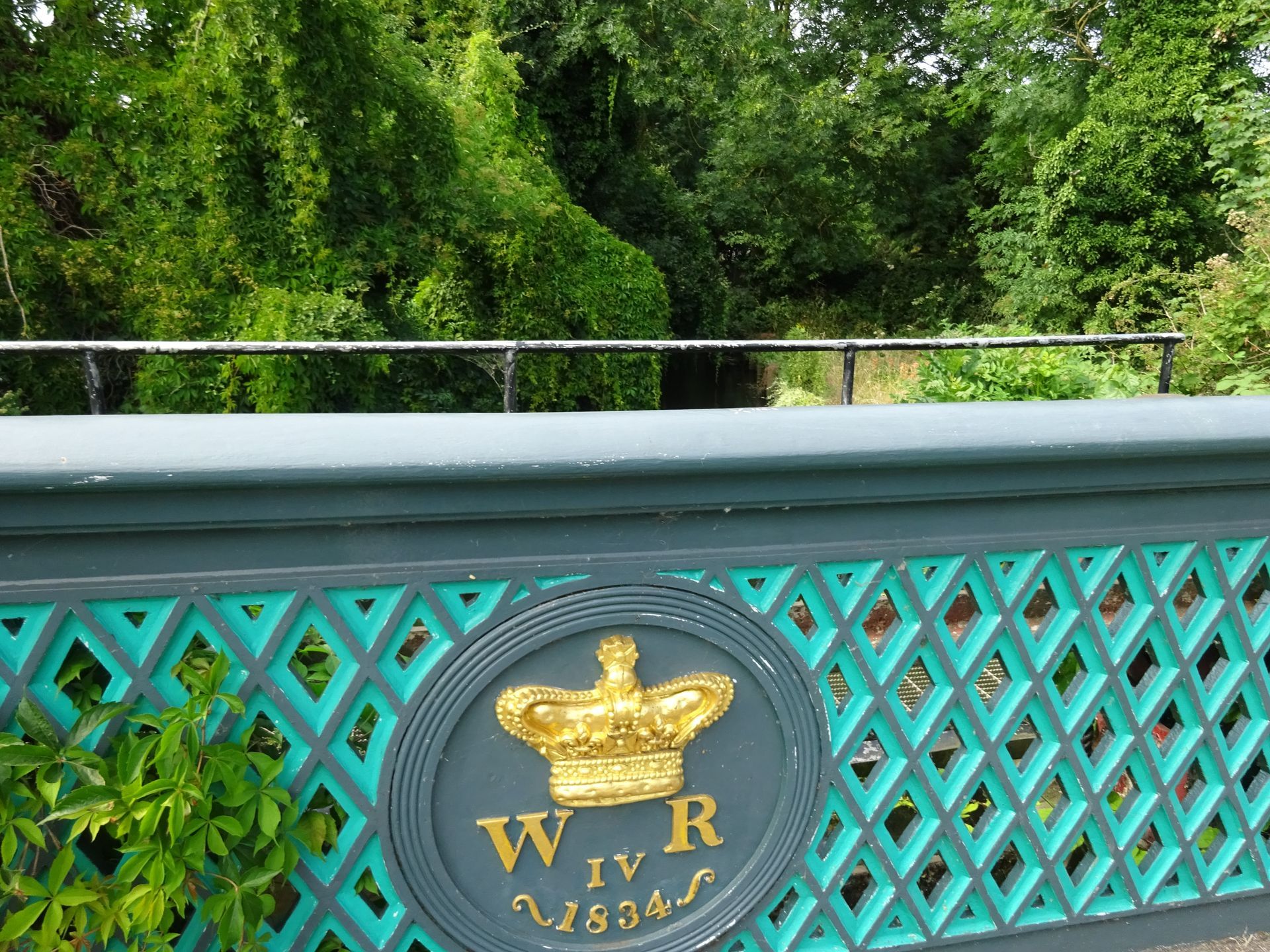Tales from Longford: The Witch of Longford Cottage.
In January 2023 the trees and shrubs in the front garden of Longford Cottage (493 Bath Road, Longford, Middlesex) were completely removed leaving the former Quaker Meeting House and graveyard open to view by passers-by. It was shocking to see the environment surrounding this Grade II listed building destroyed after its long history.
The site of Longford Cottage was a Quaker burial ground before it had a meeting house built there in 1676. As the first building of its kind in Middlesex it attracted worshippers from a wide area, but as more local Meeting Houses were built it lost its popularity and was eventually sold by the Society of Friends in 1875 to a local landowner who used it to house two labouring families. From then on it was residential.
Around 1934 Longford Cottage was bought by Ian Robert Kumar Maclaren, who owned the Golden Arrow Garage at Colnbrook.[1] He shared his house with his wife. Some people still remember the wonderfully named, Alexandrina Georgina Lexlie Maclaren who lived at Longford Cottage until 1986. Towards the end of her life she was regarded as an eccentric. Neighbours were convinced she was nocturnal. She had an impressive horse-chestnut tree in her garden that produced the biggest conkers in the village, but the children were scared to enter her garden to retrieve them. If she saw them she would rush out of her cottage waving her arms and chasing them out of her garden. With her wizened face and wild grey hair, the children were convinced she was a witch.
Alexandrina MacLaren, née Shiels, was born in London to Scottish parents. In later life she was just known as Lexlie. Her father was Alexander Shiels, a doctor of medicine, and a prolific inventor. He was clearly a very energetic polymath who together with his brother-in-law, William Elliot, registered various engineering patents for items such as milking machines, electrical equipment for trains, and weldless tubes.[2] He started a company, called Kosmoid, with several well-known Glaswegian industrialists as share-holders and directors. This company manufactured metal tubes and also experimented with a secret process .[3]
In 1902, at the age of 38, Dr Shiels married Georgina Clark aged 22 in London and kept the wedding a secret from his formidable mother in Glasgow. Lexlie, their first born, arrived on 29 October 1903. A son and another daughter were to follow. Meanwhile the medical fraternity in Glasgow were turning against Alexander Shiels and calling him a charleton. In 1905 the Kosmoid company built a large factory in Dumbarton which was intended to employ 6000 people, with plans to turn the area into a garden city for employees. The other directors had recklessly allowed Shiels full control of the finances and to make business decisions regarding manufacturing. Some of these processes were kept secret, but in 1906 the Daily Express reported that they had seen a document which appeared to confirm that Dr Shiels was attempting transmutation of metals into gold at the Kosmoid factory in Dumbarton. After a series of bad decisions Dr Shiels relinquished control of the company and disappeared to Northamptonshire. The only part of the company that his fellow directors could rescue from the ruin of the enterprise was the weldless tube company, which eventually became Babcock and Wilcox who continued to occupy the Dumbarton factory until 1996.[4]
Alexander Sheils moved his family into a large house called Grangefield in Earls Barton, Northampton. It is now a Care Home. He died there, just a year later, on 22 October 1907 and is buried in Berkhamsted, Herts. He left a 28-year-old widow, 4-year-old Lexlie, a son, Alexander, aged 3, and a new born daughter, Aileen. They remained at Earls Barton until at least 1911. Nothing is known of Lexlie’s early life until she married Ian Robert Kumar MacLaren in July 1931 in Chelsea. Ian MacLaren was the son of a well-known Yorkshire and England cricketer, Archie Maclaren. Ian’s parents, who lived in Warfield Park near Wokingham, died in 1944 and 1945 respectively. Their house was requisitioned by the Army during WW2. In 1947 the house, now in poor condition, was handed back into Ian's ownership.
Ian MacLaren, now saw an opportunity to build Warfield Park into his vision of an ideal landscaped housing environment. Lexlie did not share his dream so Ian gave up the Golden Arrow Garage and moved to Warfield Park to manage the property and the extensive grounds. The main house was demolished in 1950 and the ex-army huts in the grounds, which were housing civilian families, were replaced by caravans.[5]. The caravans were then replaced by the present day park homes, which are set in an impressive landscaped community.[6]
Ian did not return to live at Longford Cottage, but he and his wife never divorced. The couple had no children. Ian died in 1969 aged 64 leaving £46,802 and an annuity to Lexlie, who lived on until 1986. When she died at Longford Cottage she left legacies to the RNLI, the Mary Rose Trust, World Wildlife Fund and the Salvation Army. The residue of her £86,238 estate was left to the Polish Housing Society of Pwllheli, Gwynedd. This included her house and land which she “expressed the strongest wish” that it would be used as a home for Polish Ex-Servicemen and their families. It is not known if the Society did house ex-servicemen in the Longford Cottage or whether they sold it to use the money elsewhere, but the Society continues today as retirement village in Pwllheli. The most important clause in her will said:
"I WISH to be buried in the garden of my house at Longford Cottage 493 Bath Road Longford West Drayton Middlesex (which is consecrated ground) in the pathway near the large chestnut tree (which I have pointed out to my executors) and I DIRECT THAT the burial site be covered with Scottish granite bearing the
inscription 'Alexandrina Georgina Lexlie MacLaren Born 29th October 1903 Died........ widow of Ian Robert Kumar MacLaren younger son of the renowned cricketer Archibald Campbell MacLaren'"
This is why it is sad to see the front of Longford Cottage so bare of the shrubs and trees that have surrounded the building for centuries. The Hillingdon Enforcement Planning officer is investigating , but the damage is done now. As well as Lexlie's grave, this is the burial ground for 120 Quakers with unmarked graves and is part of the village history. Longford has had a long and glorious past and while the buildings survive the history will continue to be preserved and cherished.
Postscript: 3/7/2023 Hillingdon Council Planning Department has refused the application to landscape the garden. I hope it can now be restored.
Read more about the remarkable history of Longford in:
"Longford: A Village in Limbo" by Wendy Tibbitts.
For a “Look Inside” option for this book go to
[1] Ian MacLaren had no association the McClaren racing team
which was formed in 1963 by New Zealander, Bruce McClaren.
[2] http://www.valeofleven.org.uk/babcocks.html
[3] https://www.heraldscotland.com/news/12324849.alchemist-of-kosmoid-hall/
[4] Harvie, D. (1997, May 24). Alchemist of Kosmoid Hall
[5] Wokingham Times - Friday 05 May 1950
[6] https://www.warfieldpark.co.uk/
